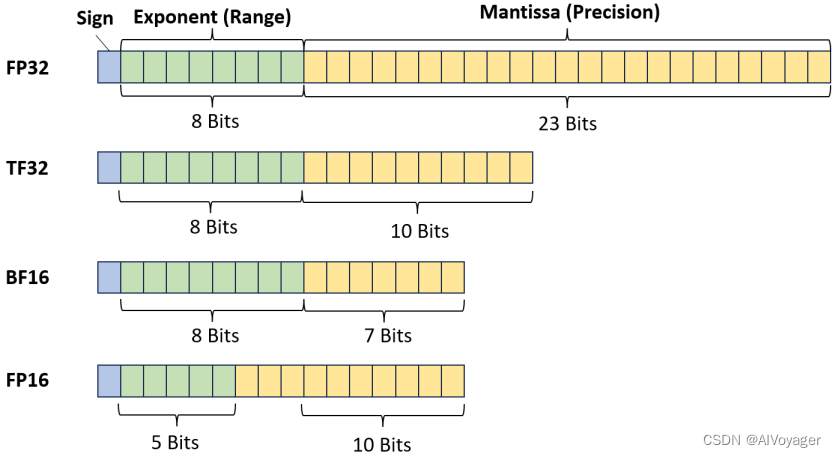通过 MyBatis 底层自动创建接口实现类,我们可以直接对接口的方法进行编程
若简单的 sql 语句可以使用注解的方式进行,复杂的查询建议使用 xml 文件编写语句
注解使用时直接在接口的方法上加上对应语句的注解即可,而使用 xml 需要在文件中的标签引用到当前接口和里面的方法
Maven 依赖
<?xml version="1.0" encoding="UTF-8"?>
<project xmlns="http://maven.apache.org/POM/4.0.0"
xmlns:xsi="http://www.w3.org/2001/XMLSchema-instance"
xsi:schemaLocation="http://maven.apache.org/POM/4.0.0 http://maven.apache.org/xsd/maven-4.0.0.xsd">
<modelVersion>4.0.0</modelVersion>
<groupId>org.example</groupId>
<artifactId>aaa</artifactId>
<version>1.0-SNAPSHOT</version>
<dependencies>
<dependency>
<groupId>mysql</groupId>
<artifactId>mysql-connector-java</artifactId>
<version>8.0.31</version>
</dependency>
<dependency>
<groupId>org.mybatis</groupId>
<artifactId>mybatis</artifactId>
<version>3.5.10</version>
</dependency>
</dependencies>
<properties>
<maven.compiler.source>17</maven.compiler.source>
<maven.compiler.target>17</maven.compiler.target>
</properties>
</project>持久层的接口设置
public interface BirthdayMapper {
@Select("select * from t_birthday")
List<BirthBean> selectAll();
int insert(BirthBean birthBean);//插入字段
List<BirthBean> selectAge();//查找年龄大于 10 的记录
}数据库表的实现类 Pojo
package mybatis.Pojo;
public class BirthBean {
private String name;
private int age;
private String birthday;
public BirthBean() {
}
public BirthBean(String name, int age, String birthday) {
this.name = name;
this.age = age;
this.birthday = birthday;
}
public String getName() {
return name;
}
public void setName(String name) {
this.name = name;
}
public int getAge() {
return age;
}
public void setAge(int age) {
this.age = age;
}
public String getBirthday() {
return birthday;
}
public void setBirthday(String birthday) {
this.birthday = birthday;
}
@Override
public String toString() {
return "BirthBean{" +
"name='" + name + '\'' +
", age=" + age +
", birthday='" + birthday + '\'' +
'}';
}
}Mapper.xml 文件
<?xml version="1.0" encoding="UTF-8" ?>
<!DOCTYPE mapper
PUBLIC "-//mybatis.org//DTD Mapper 3.0//EN"
"http://mybatis.org/dtd/mybatis-3-mapper.dtd">
<mapper namespace="mybatis.Mapper.BirthdayMapper">
<insert id="insert" parameterType="mybatis.Pojo.BirthBean">
insert into t_birthday values(#{name},#{age},#{birthday})
</insert>
<select id="selectAge" resultType="mybatis.Pojo.BirthBean">
select * from t_birthday where age >= 10
</select>
</mapper>数据库表

测试程序
public class Main {
public static void main(String[] args) throws Exception{
//面向接口,获取到接口的代理对象
SqlSessionFactory build = new SqlSessionFactoryBuilder().build(Resources.getResourceAsStream("mybatis-config.xml"));
SqlSession sqlSession = build.openSession();
BirthdayMapper mapper = sqlSession.getMapper(BirthdayMapper.class);
//增加记录操作
BirthBean birth = new BirthBean("mybatis进阶",1,"2024-8-22");
mapper.insert(birth);
//查询所有记录
List<BirthBean> birthBeans = mapper.selectAll();
//查询年龄大于 10 的记录
List<BirthBean> birthBeans1 = mapper.selectAge();
sqlSession.commit();
//打印查询结果
System.out.println(birthBeans);
System.out.println("---------------------");
System.out.println(birthBeans1);
}
}执行结果
[BirthBean
{name='曼波', age=12, birthday='2008/11/13'},
BirthBean{name='光头强', age=26, birthday='1999-8-9'},
BirthBean{name='哈基米', age=13, birthday='2007-11-12'},
BirthBean{name='花下的晚风', age=20, birthday='不告诉你'},
BirthBean{name='丘比特', age=520, birthday='1314-5-20'},
BirthBean{name='跳跳虎', age=2, birthday='2022-02-02'},
BirthBean{name='玛卡巴卡', age=1, birthday='2023-09-11'},
BirthBean{name='唔西迪西', age=3, birthday='2021-11-11'},
BirthBean{name='mybatis', age=5, birthday='3-5-10'},
BirthBean{name='mybatis进阶', age=1, birthday='2024-8-22'}
]
---------------------
[BirthBean{name='曼波', age=12, birthday='2008/11/13'},
BirthBean{name='光头强', age=26, birthday='1999-8-9'},
BirthBean{name='哈基米', age=13, birthday='2007-11-12'},
BirthBean{name='花下的晚风', age=20, birthday='不告诉你'},
BirthBean{name='丘比特', age=520, birthday='1314-5-20'}
]
Process finished with exit code 0
一些小细节:
占位符:
#{} 底层以 ? 的形式传值
${} 底层会直接将传进来的参数拼接到 sql 语句上在 mybatic-config.xml 文件中
可以利用<typeAlias type="" alias=""/> 标签
将 type 类起 alias 的别名在 XXXMapper.mxl 文件中
<mapper>标签特有属性:
resource : 从根路径查找资源
ur l : 从绝对路径查找资源
class : 全限定接口名setting -> File and Code Tmpla... 中可以将常用的配置模版放入其中
------------------------------传参----------------------------------
parameterType 属性,属于 Mapper 标签的属性
指定传参的类型
mybatis 底层会自动识别大多数类型的传参简单类型:
直接传参,底层自动识别Map 集合:
通常传入的 map 集合 key 为字段名,值为字段的值
parameterType="map"
在sql语句中的占位符中,每一个 #{key} 代表一个 key.getValue()实体类:
直接传参,底层自动识别
的占位符中,每一个 #{属性名} 代表一个 属性名对应的传参的值多参数传参:
底层用 Map 管理多个参数
sql中写 #{agr0} #{agr1} 或 #{param1} #{param2} 代表传的是第几个参数
agr从索引 0 开始,param从 1 开始
低版本 #{0} #{1}Param注解:
在接口类的传参的形参前可以指定多参数传参的 key
起到代替 arg0,agr1 ... 的作用
------------------------------返回值----------------------------------
返回值为一条记录:
在 Mapper 标签中的 resultType 属性中指定 该表对应的 Pojo 类即可
在接口方法中的返回值处写上 Pojo 类返回值为多条记录:
与一条记录返回时唯一的不同点在于接口中的方法需要返回 List<Pojo>返回单条记录且没有对应的 Pojo :
接口中的方法返回 Map<String,Object>
mapper 映射文件 的 mapper 属性 加上 resultType = "map"
String key -> 字段名
Object Value -> 字段值返回多条记录且没有对应 Pojo :
方法1----
接口中的方法返回 List<Map<String,Object>>
mapper 映射文件 的 mapper 属性 加上 resultType = "map"
方法2----
接口中的方法返回 Map<Long,Map<String,Object>>
接口的方法上使用注解 @MapKey("id") 指定作为 key 的 id 字段
mapper 映射文件 的 mapper 属性 加上 resultType = "map"当查询结果的字段名与 Pojo 类的属性名对不上时无法封装:
可以通过给查询结果起别名来解决,单这种方式的复用性不高





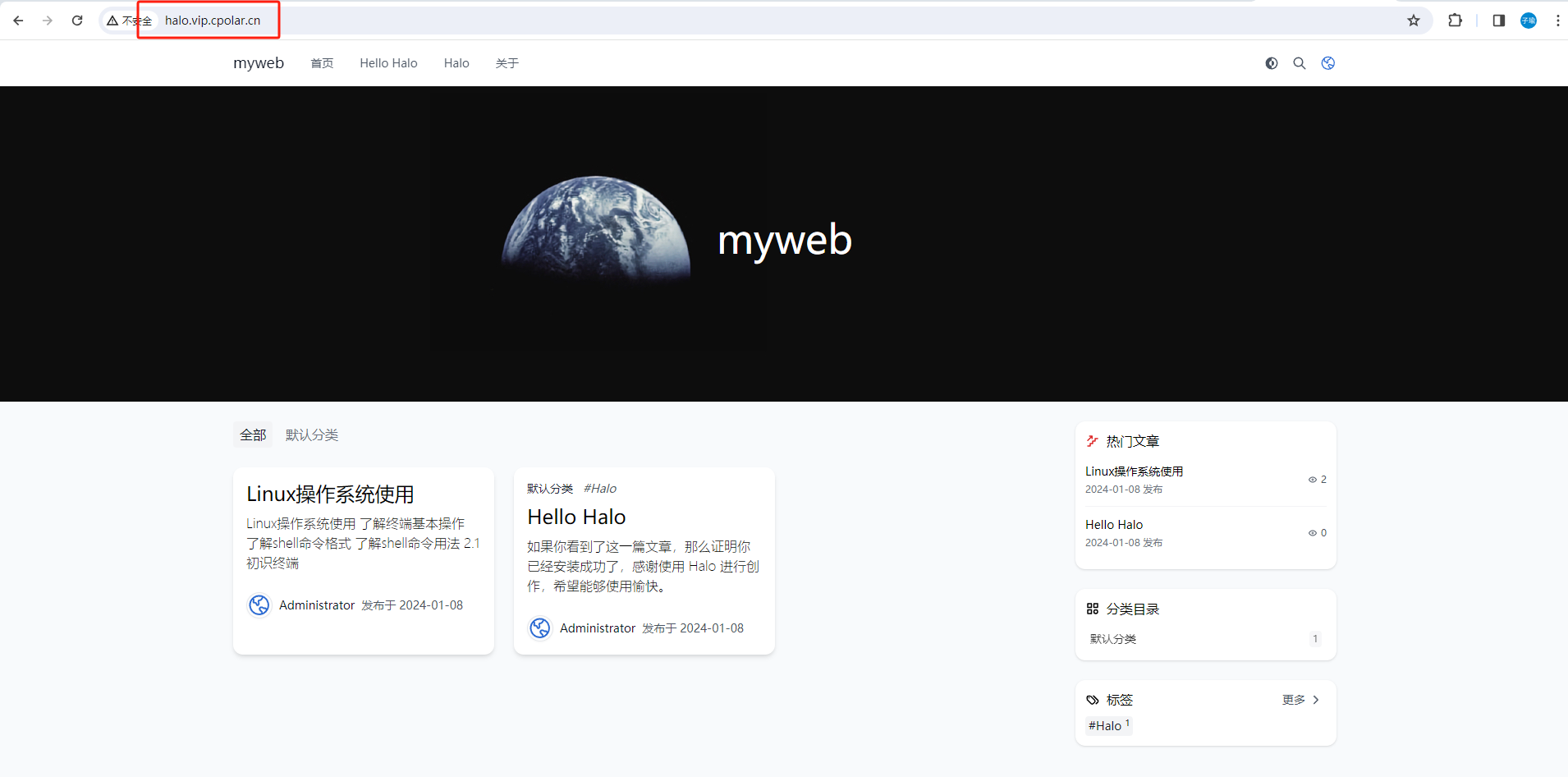


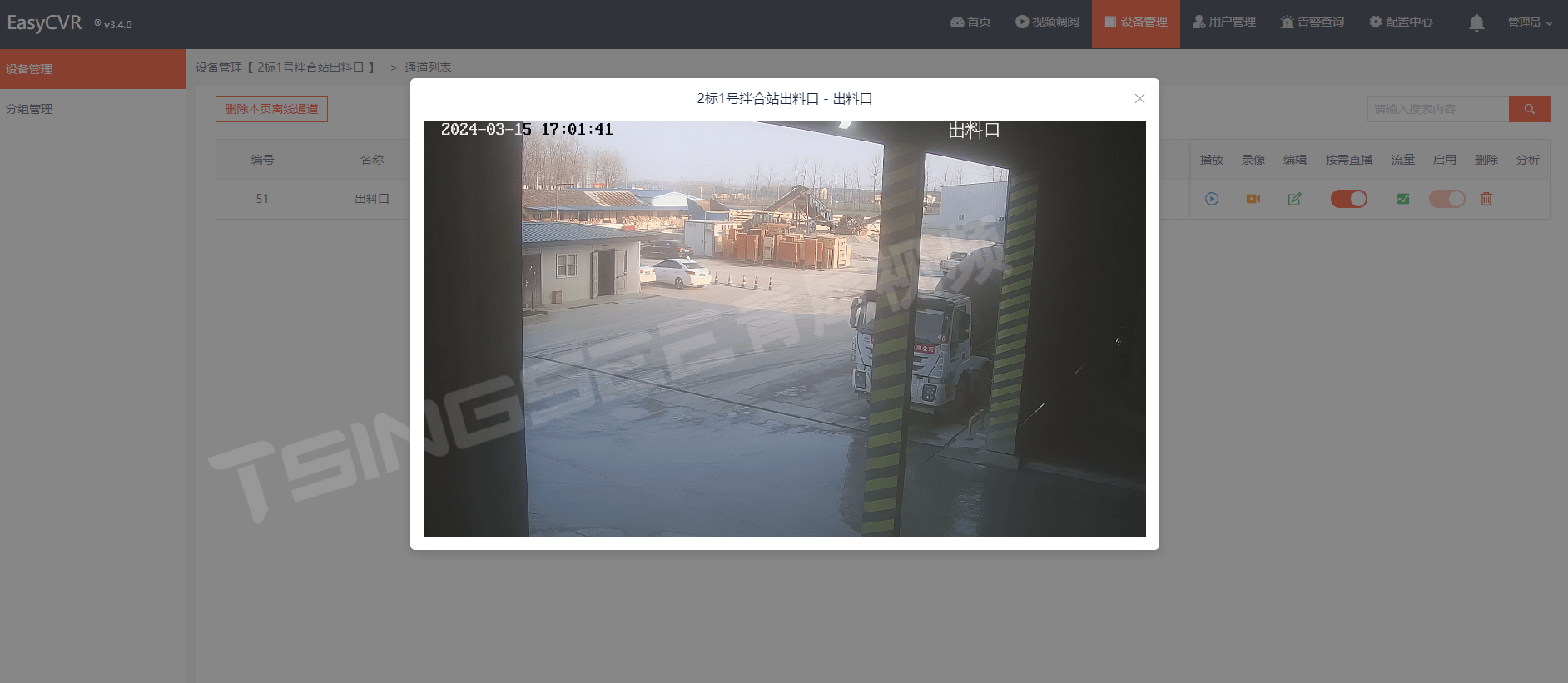

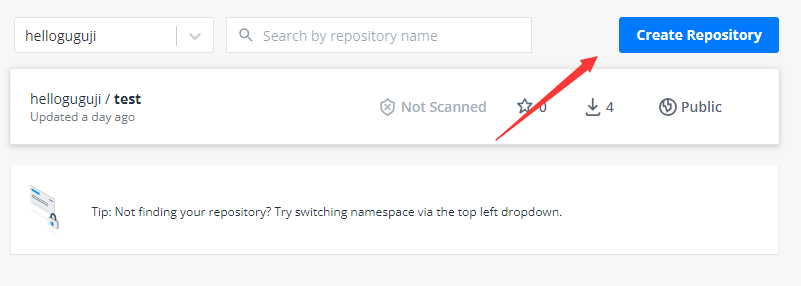


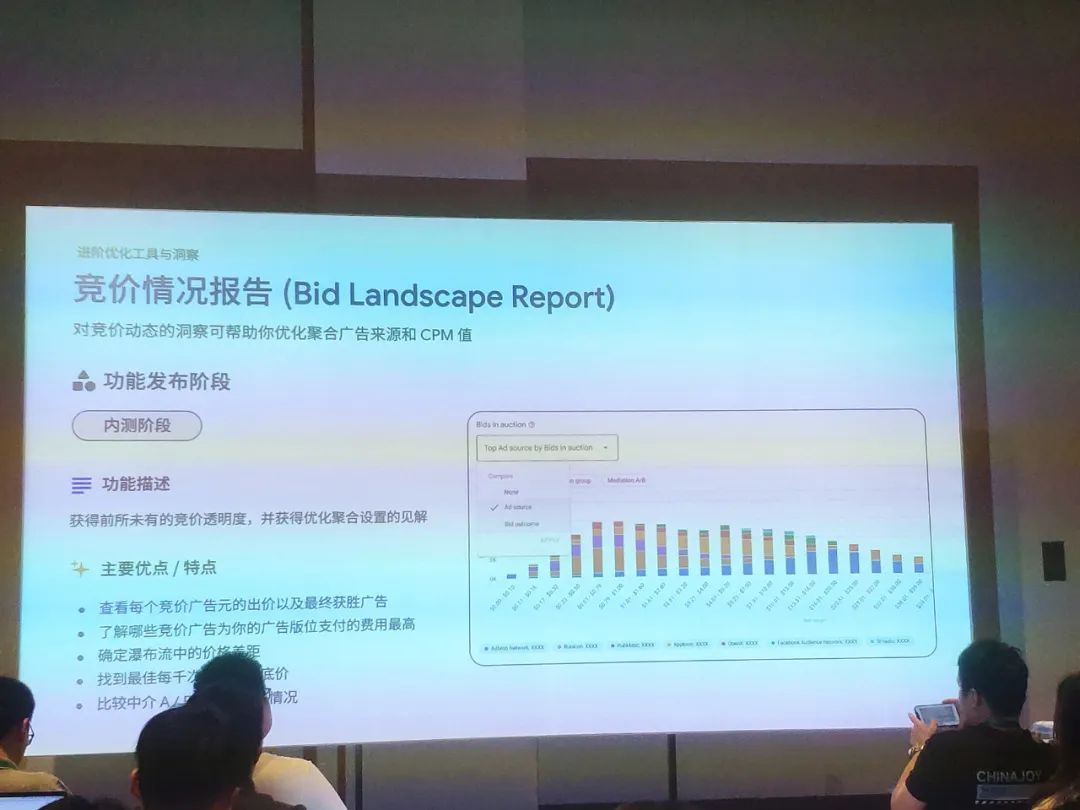
![[ICLR-24] LRM: Large Reconstruction Model for Single Image to 3D](https://i-blog.csdnimg.cn/direct/40b6734cf76d4b46a00ac130061fec0c.png)


